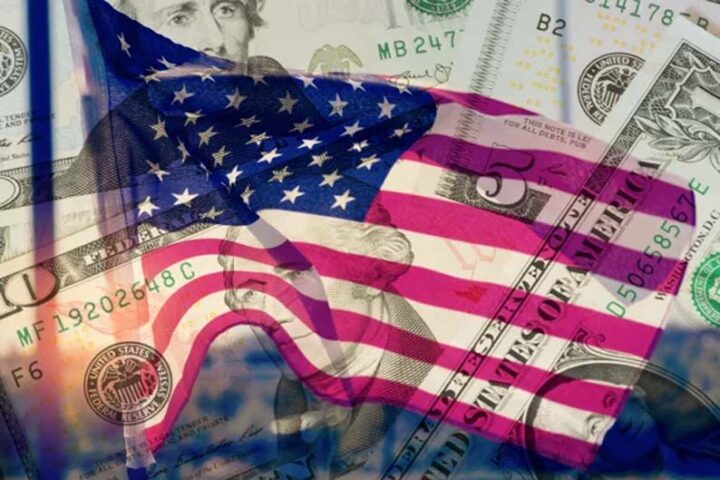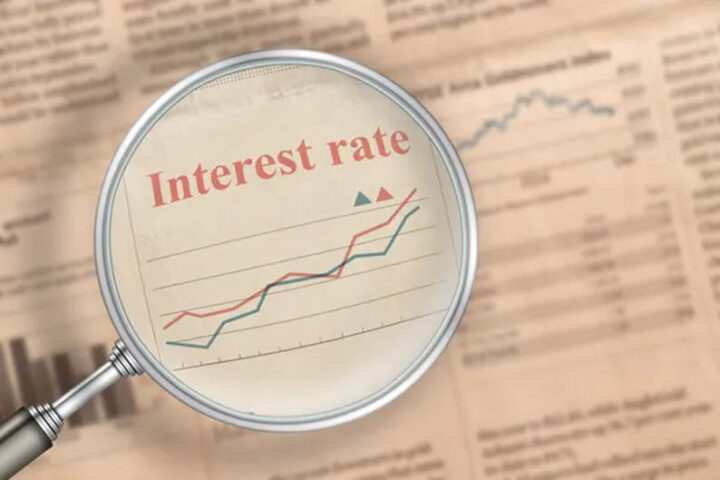By Craig Erlam
Equity markets are back in the green on Friday after a choppy week in which the recovery rally has stalled.
Efforts by Fed policymakers to manage market expectations have cooled the sense of immense relief that has delivered a strong rebound over the last month. The S&P was up more than 15% at one point, while the Dow jumped more than 18%. Not bad on the back of what was ultimately one good inflation month.
James Bullard unleashed a flurry of hawkish views on Thursday, which didn’t get a warm reception in the markets initially. But then they saw a rebound and were higher again Friday, so it seems investors are still taking them with a pinch of salt.
The Federal Reserve is clearly concerned that “dovish pivot” speculation could be undermining its tightening efforts, which could explain why it’s being so steadfast in its hawkish message.
There will also be concern that the labour market and household spending are showing little sign of weakening, despite interest rates rising at an extraordinary rate over the past year.
I don’t think that will stop the central bank from slowing the pace next month, especially if we see another drop in inflation just before, but it could cause the Fed to persevere for longer, which is a concern for investors.
UK retail sales blip
No one in the UK will be fooled by the latest retail sales report into thinking all is not as bad as it seems, not after Thursday’s Autumn Statement.
The OBR expects living standards to decline by 7.1% over the next two years, the sharpest drop in six decades, as the country battles a cost-of-living crisis, severe fiscal consolidation, higher interest rates, and a recession.
Against that backdrop, it’s hard to get remotely excited by an expectation-beating 0.6% jump in sales in October. Needless to say, it is not the start of a promising trend.
BoJ unlikely to change course
Japanese inflation data may on the face of it give the impression that the Bank of Japan has achieved its inflation goals and can afford to soften its grip on the bond market, but the reality is quite different.
What is believed to be unsustainable factors like a weak yen, and high imported energy and food prices, are behind the increases, which the BoJ has been very willing to look through and will likely continue to do so.
Especially with the pressure of yen devaluation far less intense after the US dollar’s correction over the last month.
Brent below $90 ahead of OPEC+
Oil prices continue to retreat against the backdrop of increasingly gloomy economic prospects and surging Covid cases in China, which risk further restrictions and lockdowns, threatening demand in the world’s second-largest economy.
Brent crude has broken back below $90, testing the mid-October lows and, if sustained, the patience of OPEC+.
The group was heavily criticised for its 2 million barrel per day output cut and yet oil prices are now not far from the September lows that preceded the decision.
Could OPEC+ go even further if the outlook continues to deteriorate when it meets again in a couple of weeks?
Gold holding onto gains
Gold was flat on Friday after paring gains over the last couple of days.
The yellow metal has recovered strongly over the last month, around 10% from its lows, as risk appetite has improved and interest rate fears abated.
It’s not out of the woods yet, but its resilience after hitting resistance at $1,780 is encouraging. This is a major obstacle, having been such a substantial level of support from January to July.
Crypto volatility subsides
Bitcoin volatility is subsiding which will no doubt come as a relief to the crypto industry as the fallout from the FTX collapse continues.
We continue to learn who exactly is exposed to the collapse, to what extent, and what the ripple effects will be. One obvious impact is that of confidence in the cryptospace which could take time to repair in already challenging markets.
I’m not sure anyone can be confident that the worst of the rout is behind us, which means bitcoin is vulnerable to another plunge, with $15,500 being the first test of support and then potentially $14,000 below that.
Craig Erlam is Senior Market Analyst, UK & EMEA at OANDA
Opinions are the author’s, not necessarily that of OANDA Global Corporation or any of its affiliates, subsidiaries, officers or directors. Leveraged trading is high risk and not suitable for all. Losses can exceed investments.







